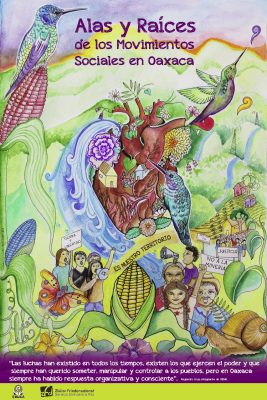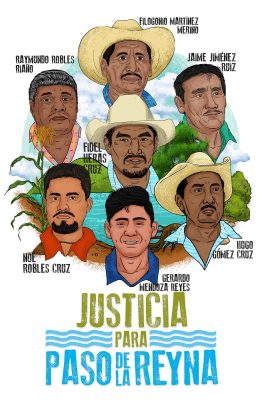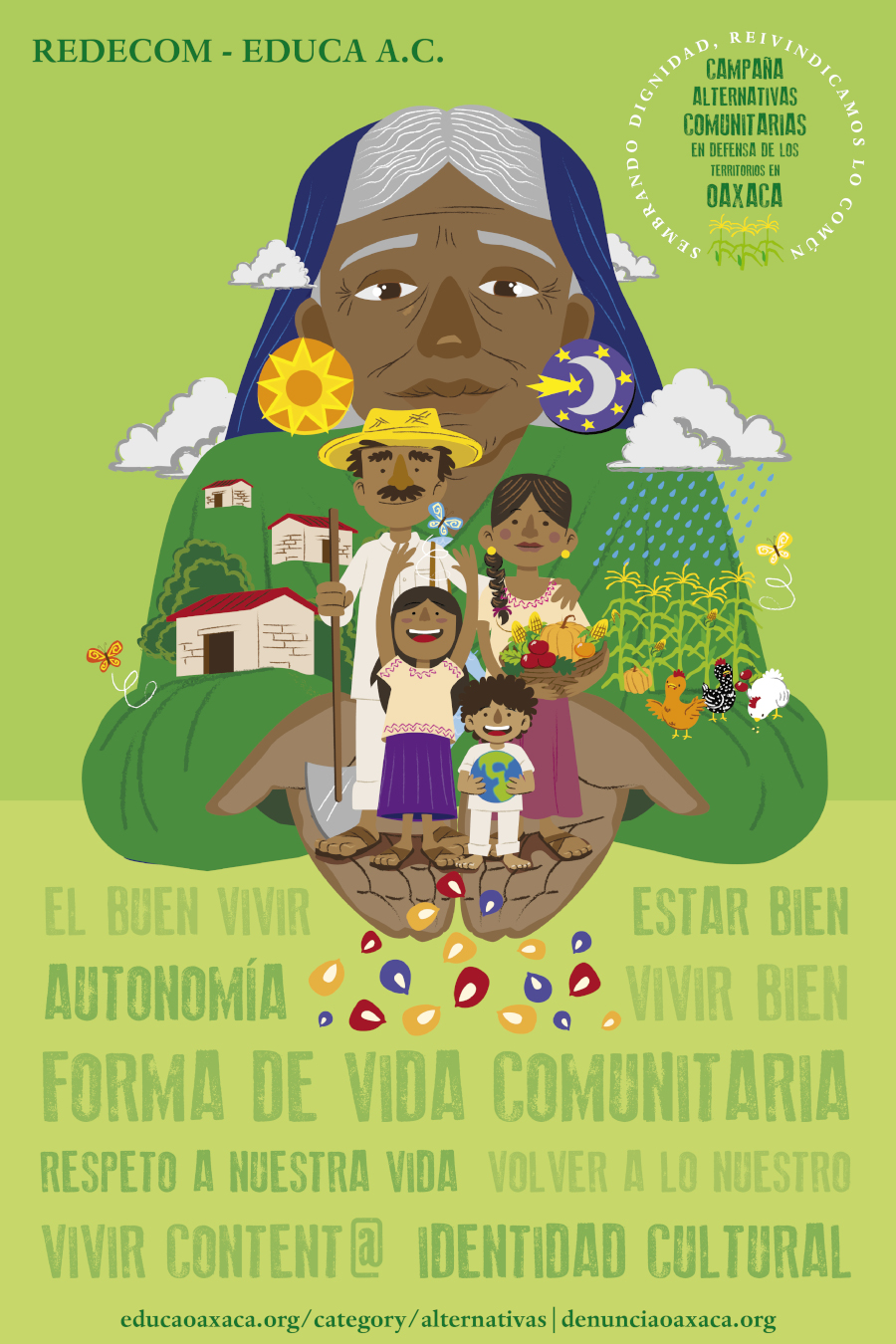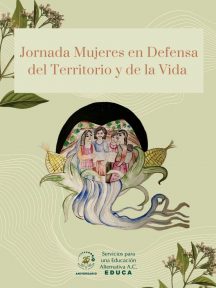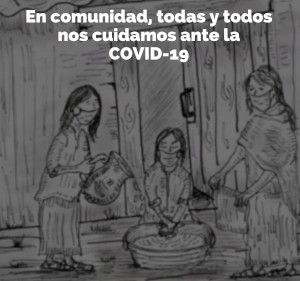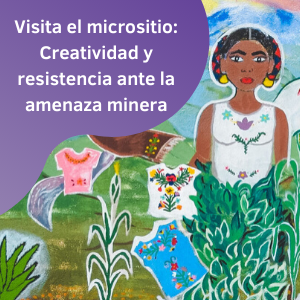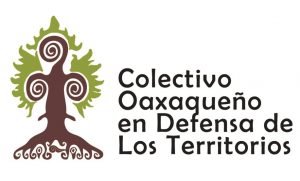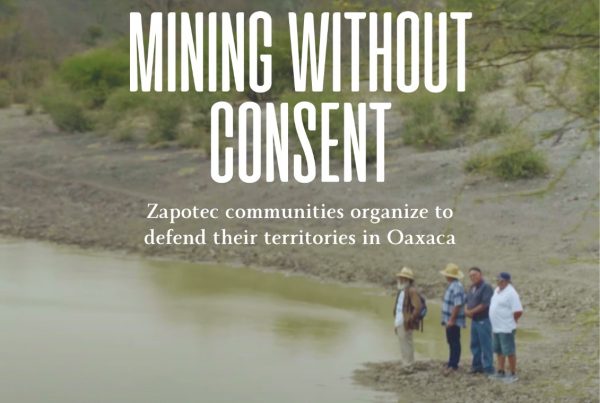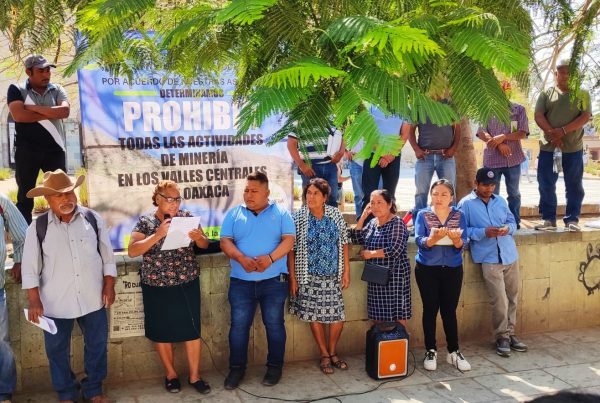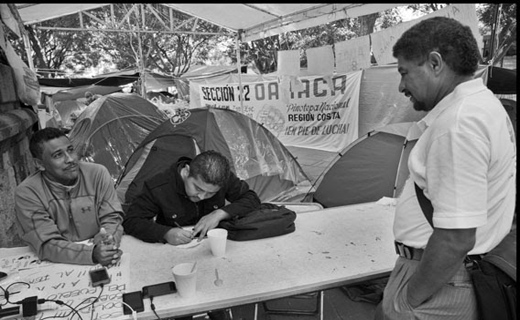 OAXACA DE JUAREZ, Mexico – For six weeks hundreds of teachers in the southern Mexico state of Oaxaca have been living in tents, in the capital city’s main plaza, the zocalo. Bonifacio Garcia, one of the protestors, declares, “We will stay here until the state Chamber of Deputies agrees that our education reform will move forward in all our schools.” Each week teachers from one of Oaxaca’s regions take a turn at sleeping in the tents. This is the week for the schools on the coast, including the communities of people whose ancestors were slaves. Garcia comes from Santiago Tapextla, near Pinotepa Nacional, where most people trace part of their ancestry back to Africa.
OAXACA DE JUAREZ, Mexico – For six weeks hundreds of teachers in the southern Mexico state of Oaxaca have been living in tents, in the capital city’s main plaza, the zocalo. Bonifacio Garcia, one of the protestors, declares, “We will stay here until the state Chamber of Deputies agrees that our education reform will move forward in all our schools.” Each week teachers from one of Oaxaca’s regions take a turn at sleeping in the tents. This is the week for the schools on the coast, including the communities of people whose ancestors were slaves. Garcia comes from Santiago Tapextla, near Pinotepa Nacional, where most people trace part of their ancestry back to Africa.
Oaxaca has about 3.5 million people, who began leaving the state because of intense rural poverty in the 1970s. At first people migrated to work on the industrial farms of northern Mexico. But then indigenous Oaxacan towns, dependent on growing corn and other agricultural products, were hit hard by the North American Free Trade Agreement. In 1990, before the agreement was implemented, about 527,000 people had already left. A decade later that number had mushroomed to 663,000.
Click here to see complete article
![]()








